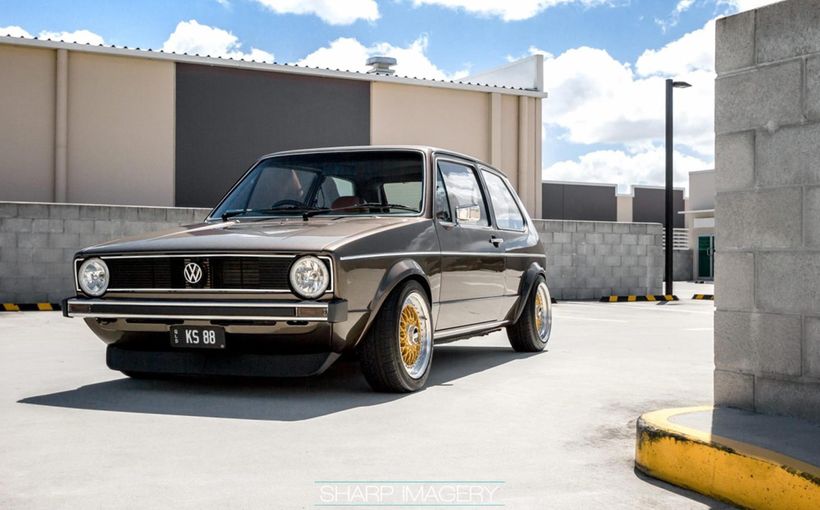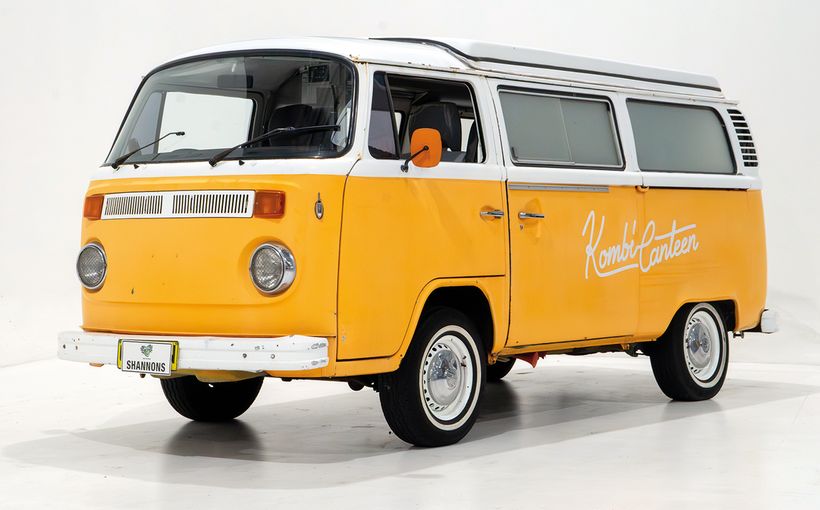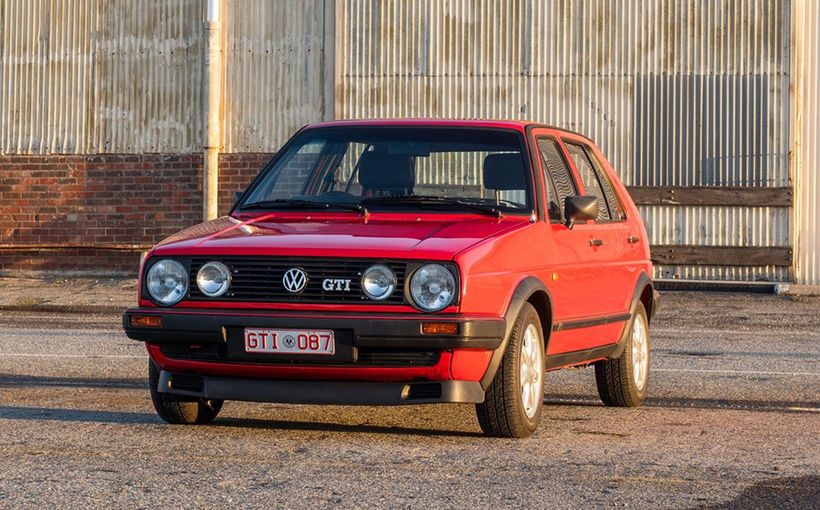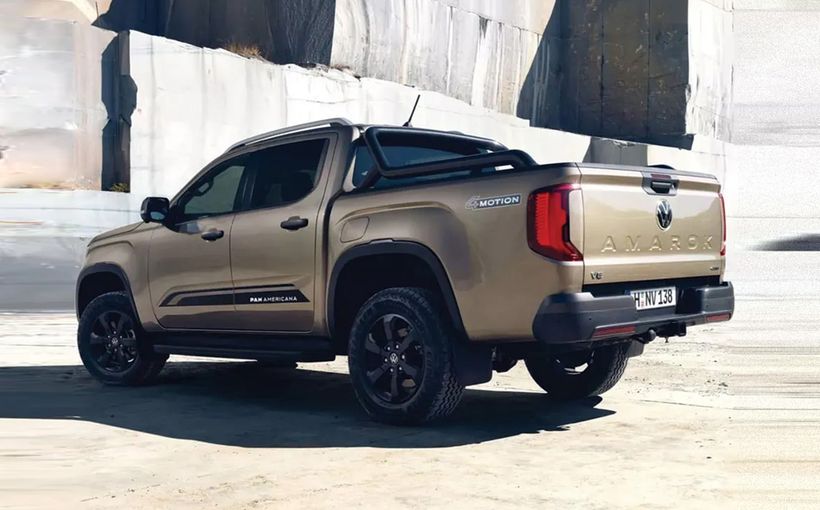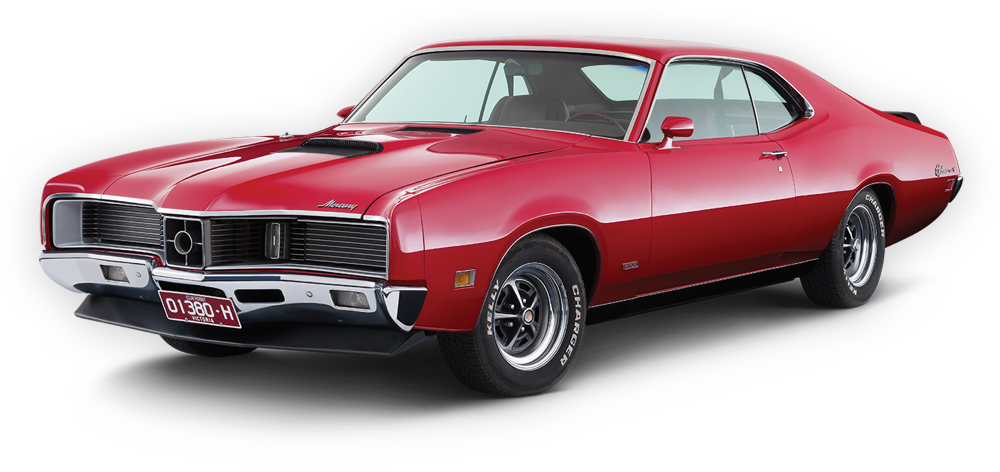Volkswagen Beetle: Original and Inimitable (even by Volkswagen!)

If there is no question that the Ford Model T is the most significant car in history, nominating the Volkswagen Beetle as the second most significant is almost equally incontrovertible .
One of the many famous Doyle Dane Bernbach Volkswagen ads asked, ‘How long can we keep on handing you this same old line’ (meaning the car’s profile). Those advertisements date from the 1960s when no-one could have predicted how long the model would remain in production. The answer dating from the official launch of the KDF (Strength through Joy) Wagen in 1938 turned out to be 65 years until the last Mexican-built car rolled off the production line on 30 July 2003. Frankly, this beggars belief!
It was not until after World War 2 that the Volkswagen began its decades of success, essentially as a people’s car throughout Europe and then in the US.

There was a media launch of the original Volkswagen in 1938.
Equally interesting is the Beetle’s phenomenal success in the US. It succeeded where many other contemporaneous small cars failed, among them the Renault Dauphine and Triumph Herald. By the late 1950s American motorists had grown accustomed to a national highway network as well as having powerful V8 engines in their family sedans and wagons. Typically, they expected even the second (or third) car in the family to be capable of being driven for hours at speeds exceeding 65 miles per hour. With its robust air-cooled horizontally-opposed four-cylinder engine and overdrive top gear, the Beetle was one of comparatively few small cars up to this challenge. It also handled icy and even snow-covered roads better than any other two-wheel-drive vehicle.

Modern MOTOR tracked down the oldest Volkswagen in Australia, a 1946 model.

This is a 1954 model, the first year of Australian assembly.

The 1965 Beetle as sold in Australia had a 1300cc engine. This is a British car.
In the Land of the Underdog, the Volkswagen was an instant hero. On the flat, early models ran out of puff at little more than 100km/h. But they could maintain this speed all day, gradient permitting. In strong contrast with other small cars then available, third gear also ran to a respectable speed – not surprising in view of its being a direct top gear. Even a ’54 VW could pull 90km/h in third.

There was nothing especially difficult about removing and refitting a Beetle engine!

Graphically on display at Phillip Island, the Beetle’s lift-off oversteer. Note the wheel angles.
Image: Autopics
Image: Autopics
Because of the steady improvements made as running changes, the Beetle remained competitive in most markets almost until it was superseded by the front-engined, front-wheel-drive Golf in 1974. And successful as the Golf has been over several model generations, it is set to be discontinued; while 23 million people bought a gen-one Beetle, just 12 million have chosen what Volkswagen dubbed ‘A Whole New Ball Game’.

Victory in the 1955 Redex Trial.
The 40-horsepower model which was released here in 1961 boasted a raft of changes. Besides the 10 per cent increase in power, it also acquired synchromesh on first gear, quite a rarity in the day.

The New Beetle based on Golf mechanicals made its debut in 1997.
When compared with many other small 1961 models such as the Morris Minor 1000 and the Standard Ten, the 40-horsepower Volkswagen had a higher cruising speed, similar fuel economy and acceleration, and comparable standard equipment. The low-stressed engine was more durable, too: until well into the 1960s, the typical British small car engine required a complete overhaul by 50,000 miles, while Beetle engines regularly covered 70,000, 80,000 without attention to the internals, sometimes more.

The third-generation P5 Beetle never sold strongly.
Astonishingly perhaps, given its modest performance, the Beetle was the car to beat in its class in series production racing until the arrival of the Ford Cortina and Vauxhall Viva.

Ditto the A5 model, which was lower, sleeker and known just as the Beetle. Despite Volkswagen and Oprah Winfrey promising every audience member of the 22 November 2010 final episode of Oprah’s Favourite Things a new Beetle on its release the following year, sales of this car were very poor.
As a Supermodel, the Volkswagen Beetle is best remembered in its brilliant original generation.



